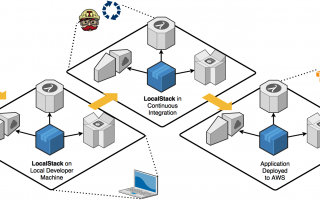In web application development, you’d face a moment that need to check websocket connection status.
For example, you’d have a situation that your web backend needs to check if users are active in the browser.
It’s as very simple as you just need to check websocket property WebSocket.readyState.
It has 4 possible values; “CONNECTING”, “OPEN”, “CLOSING”, “CLOSE”.
So for the above example, we can implement like following in Node.js.
setInterval(async () => {
let i = 0;
while (i < sockets.length) {
const account = await Accounts.findById(sockets[i].account._id).exec();
if (!((sockets[i].ws.readyState === WebSocket.OPEN) && account.isActive)) {
account.isActive = sockets[i].ws.readyState === WebSocket.OPEN;
await account.save();
}
const currentTime = Math.round((new Date()).getTime() / 1000);
if (currentTime - sockets[i].timestamp > SESSION_TIME * 60) {
if (sockets[i].ws.readyState === WebSocket.OPEN) {
sockets[i].ws.send('WebSocket session expired.');
}
account.isActive = false;
await account.save();
sockets.splice(i, 1);
} else {
i++;
}
}
}, 10000);The above code checks readyState of each users’ socket and marks them as “Active” so that other micro services will filter out them from processing.



